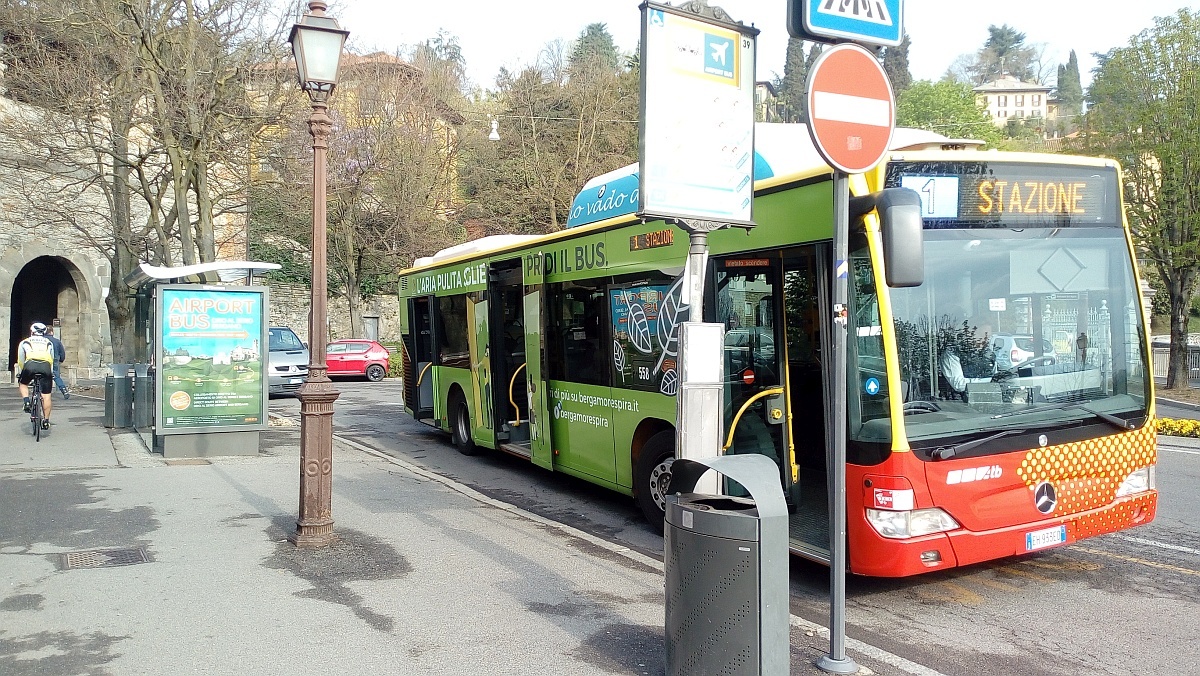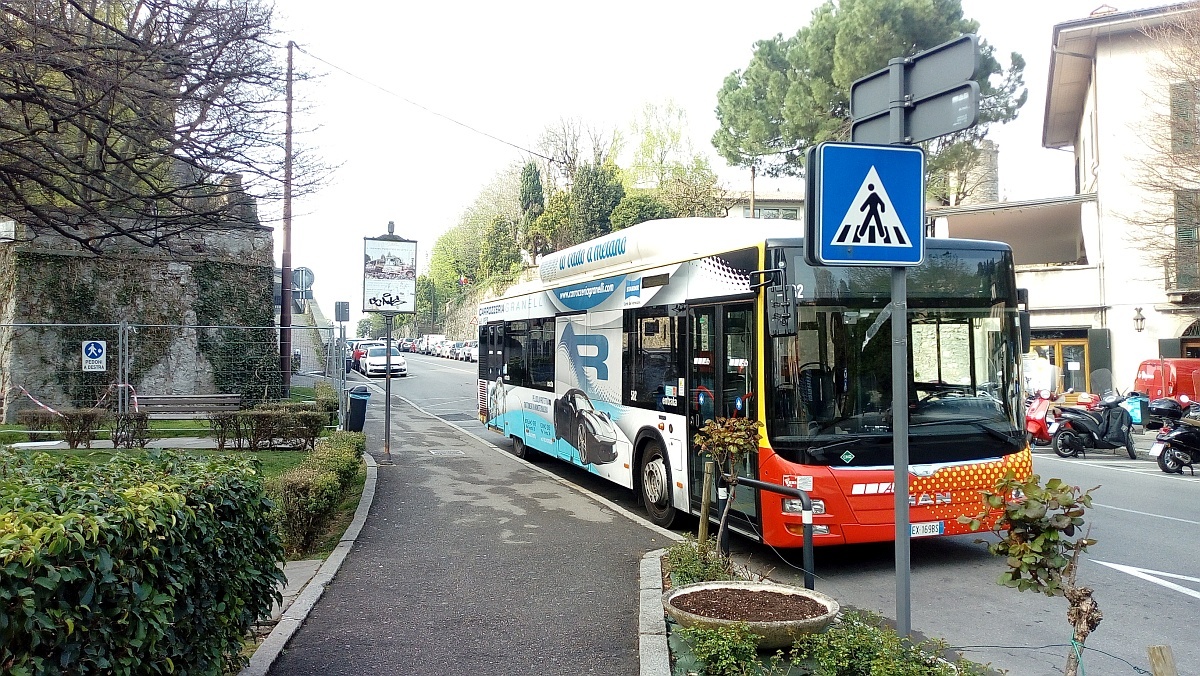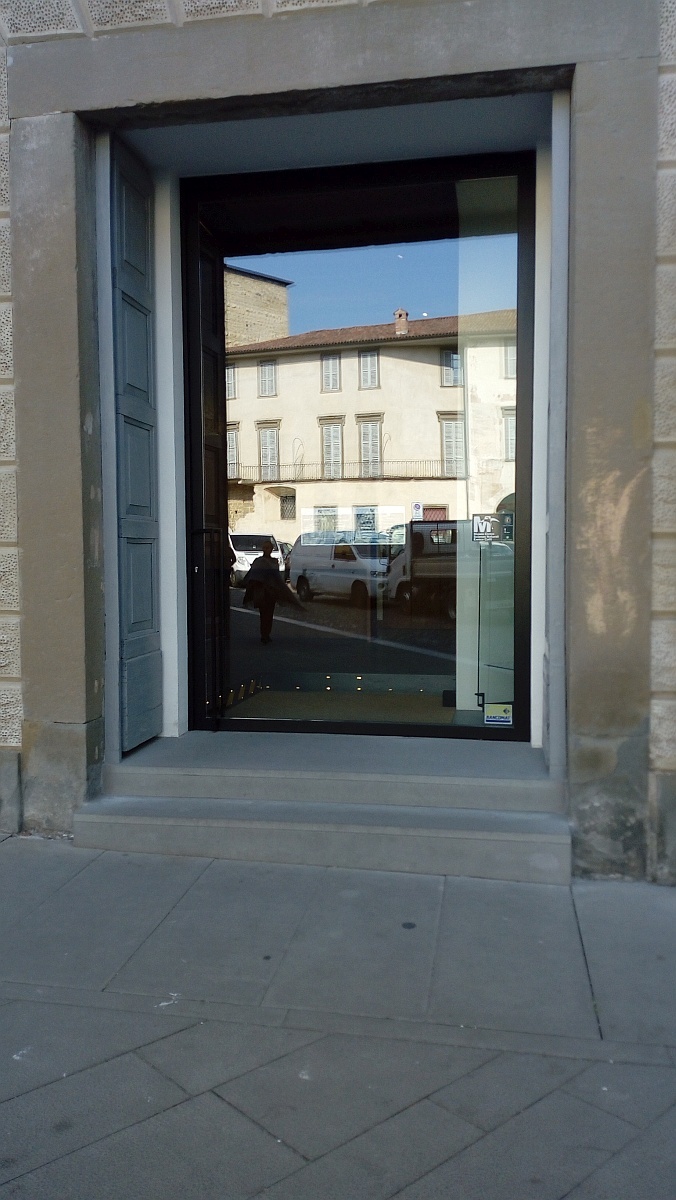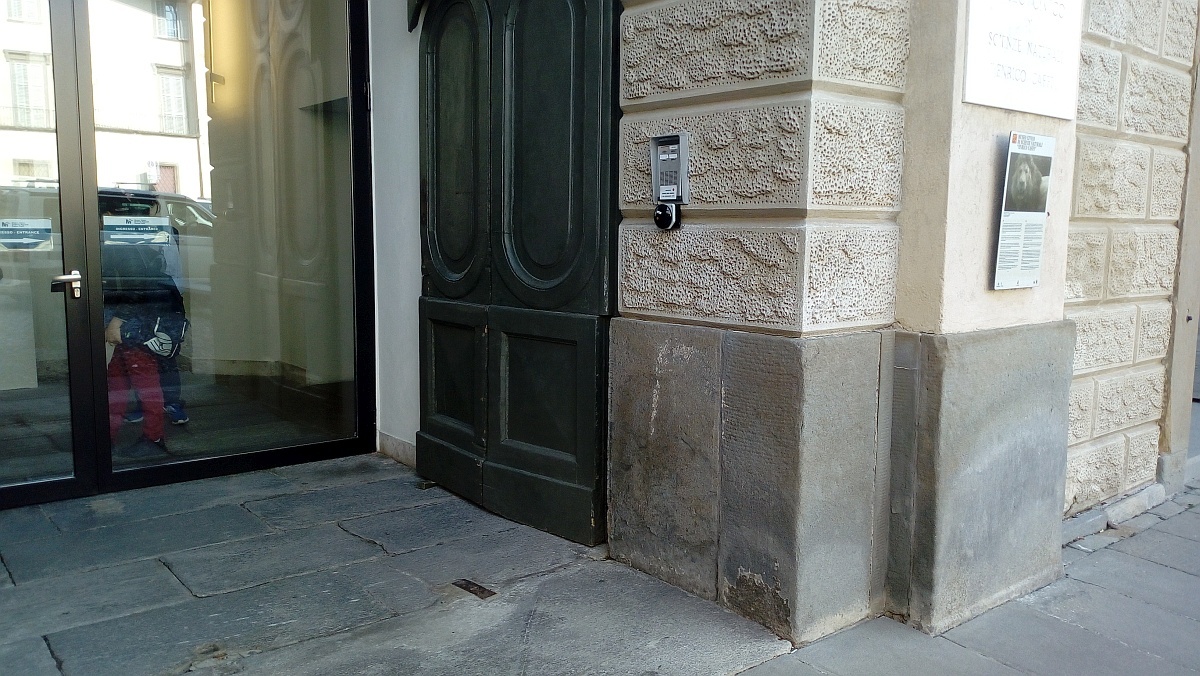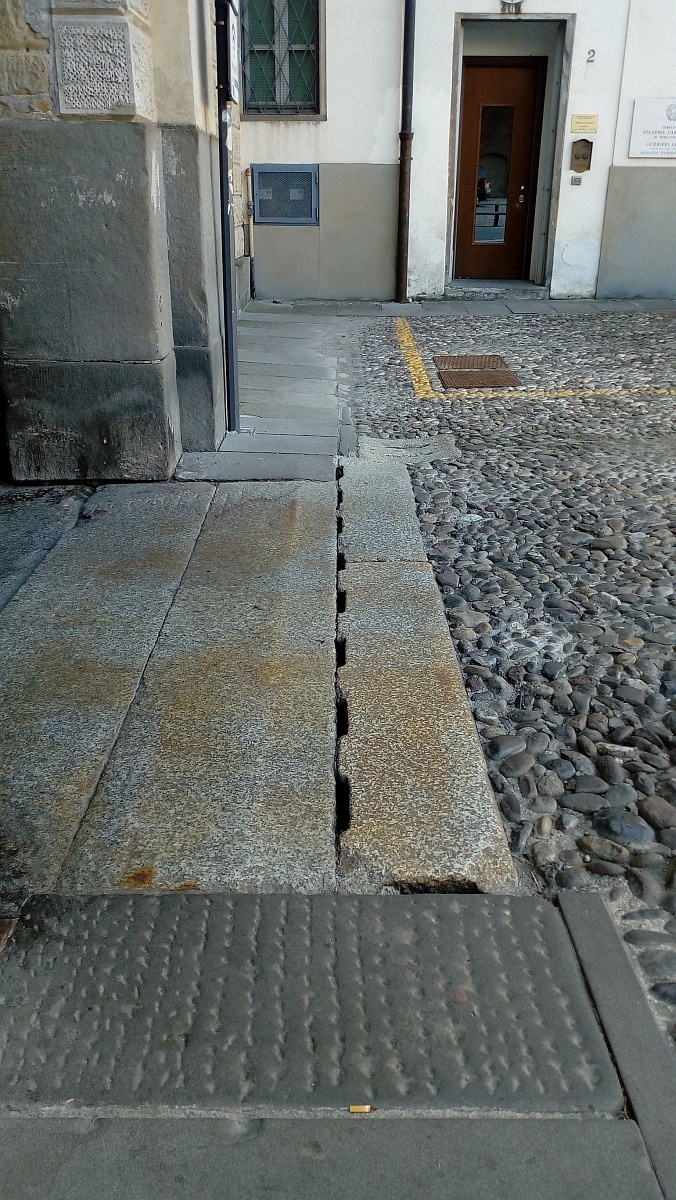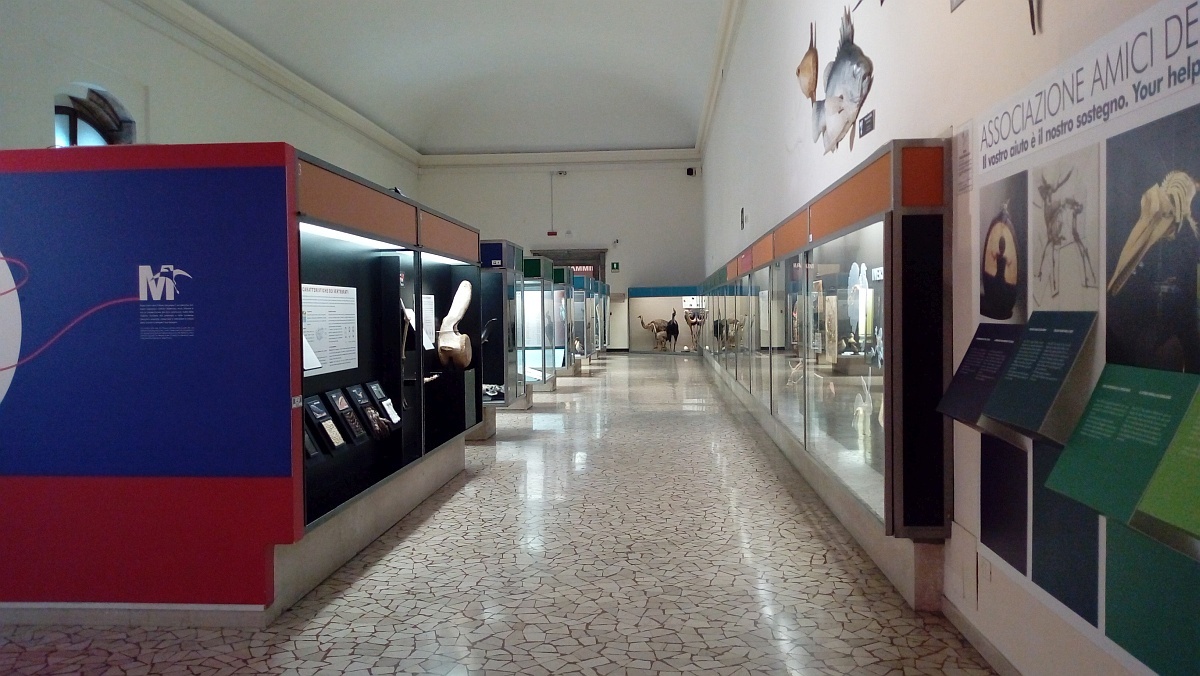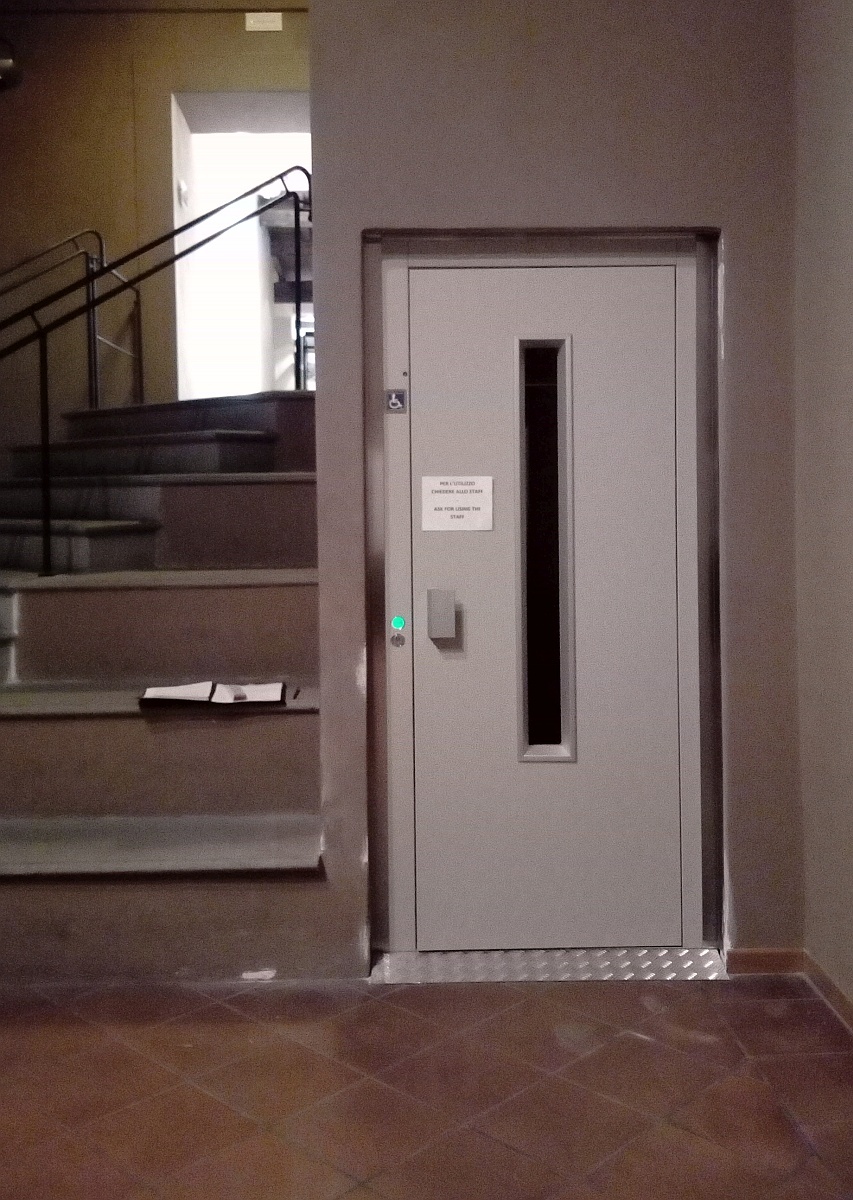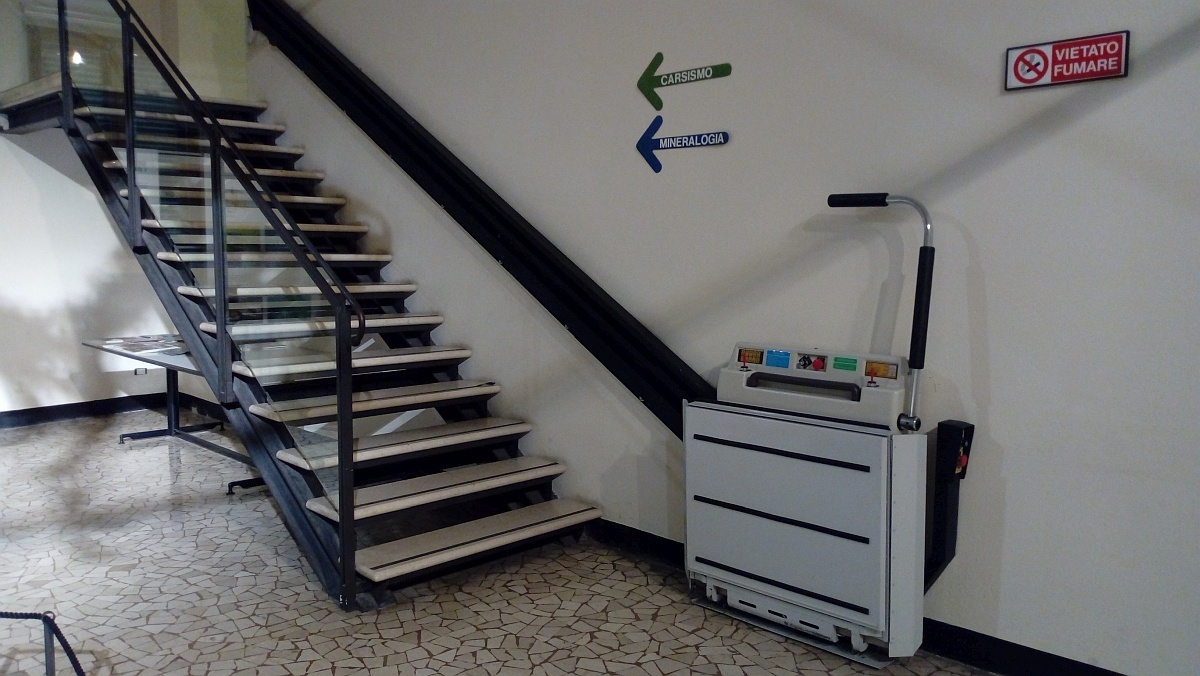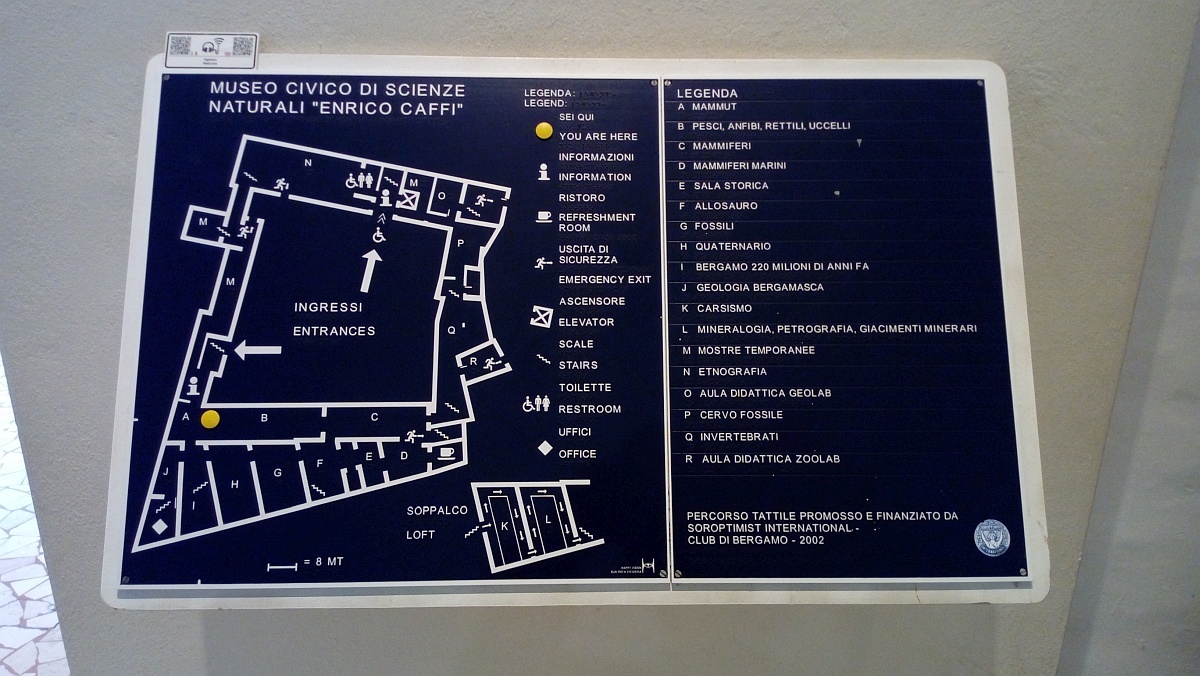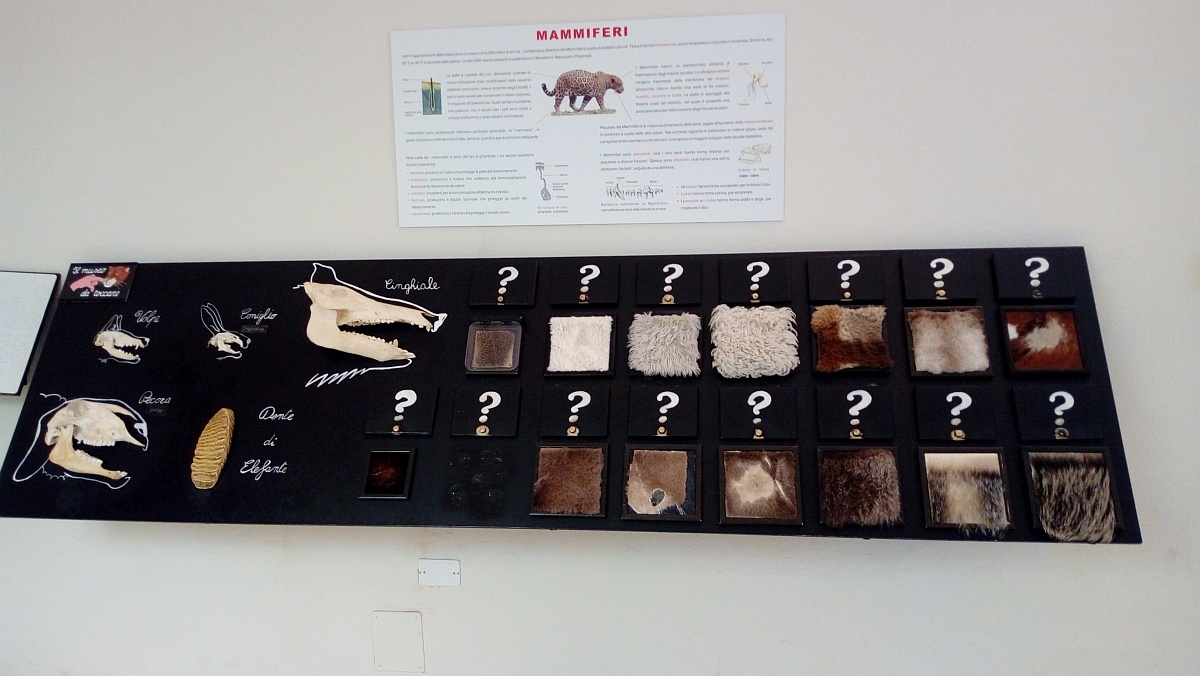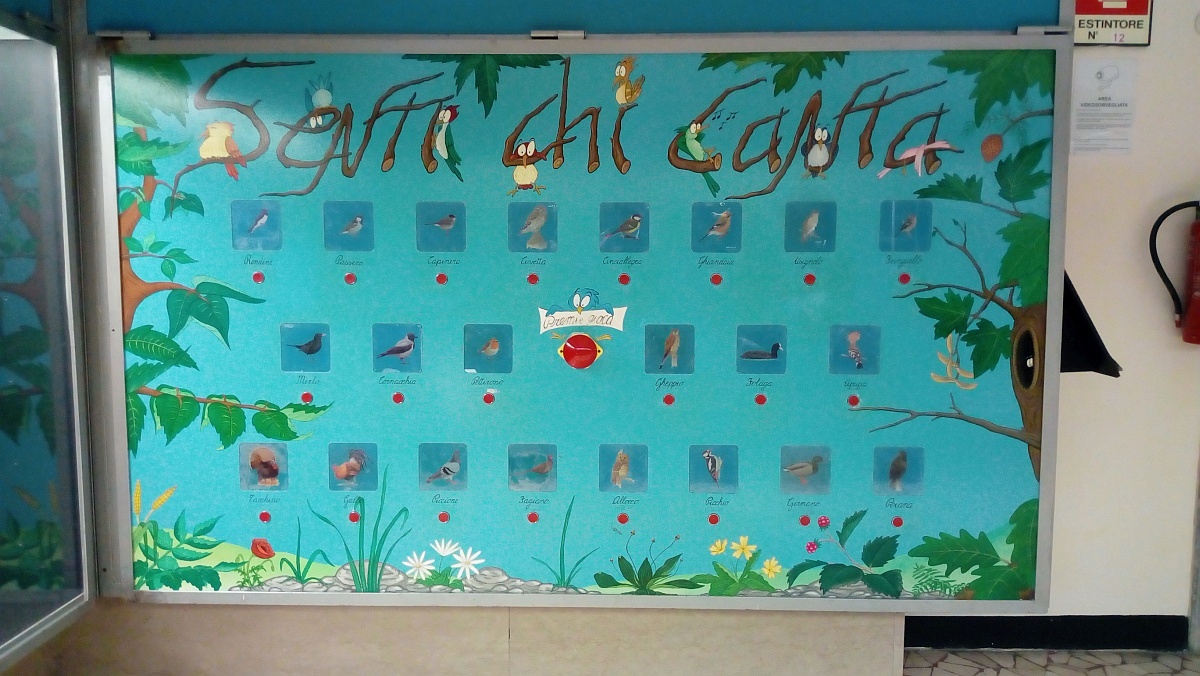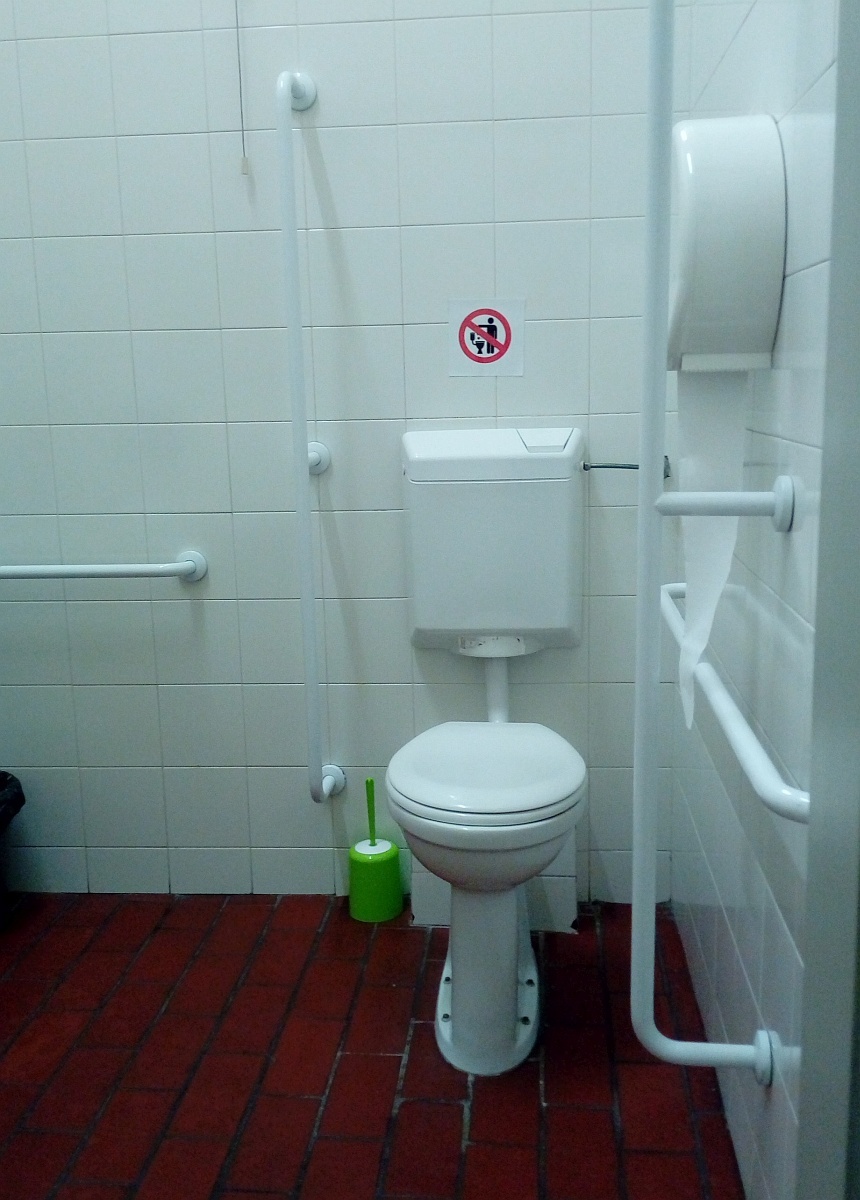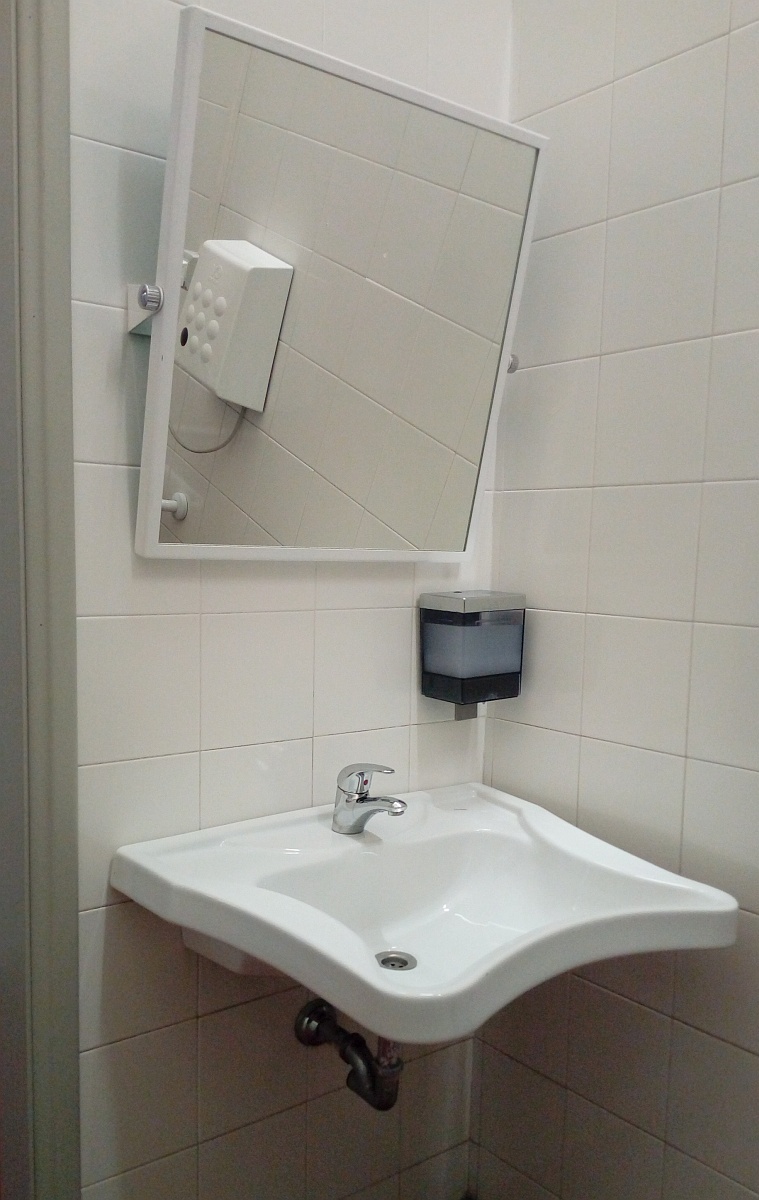A neighbor of the Archaeological Museum in Citadel Square, to which it was moved in the same year, 1960, the Museum of Natural Sciences keeps most of its collections in the archives to enable experts to study them and deepen knowledge about the environment, living and extinct species.
Founded in 1861 with an initial core housed in the Royal Technical Institute, now has millions-yes, millions!-of artifacts.
Before you enter, we give you a little warning: a huge mammoth will greet you at the entrance.
Don’t let it scare you, it’s friendly!
Past the Museum’s prehistoric gatekeeper, you will find the exhibits organized by major collection strands: zoology, entomology, geology and paleontology.
You will then be able to see specimens from all five classes of vertebrates, while among the invertebrates, the very large collection of arthropods, with more than a million artifacts, deserves great consideration; you will admire the sparkle of the ornamental stone and mineral collections.
If you’ve been hooked on Jurassic Park, you’re sure to love the magnificent fossils that come not only from the Bergamo area but from all over the world: among the more than 55,000 artifacts the museum holds is a life-size cast of the skeleton of an allosaurus (a large bipedal dinosaur)!
The Museum of Natural Sciences is very active and participates in local, national, and international cultural initiatives and events.
Conferences, film festivals, outdoor trips, temporary exhibitions, workshops: in the museum you can use electronic microscopes, read books or use tactile showcases.
Interactivity and innovation are the two pillars of museum education; there is no lack of attention to disability with dedicated paths such as Braille for the blind.






